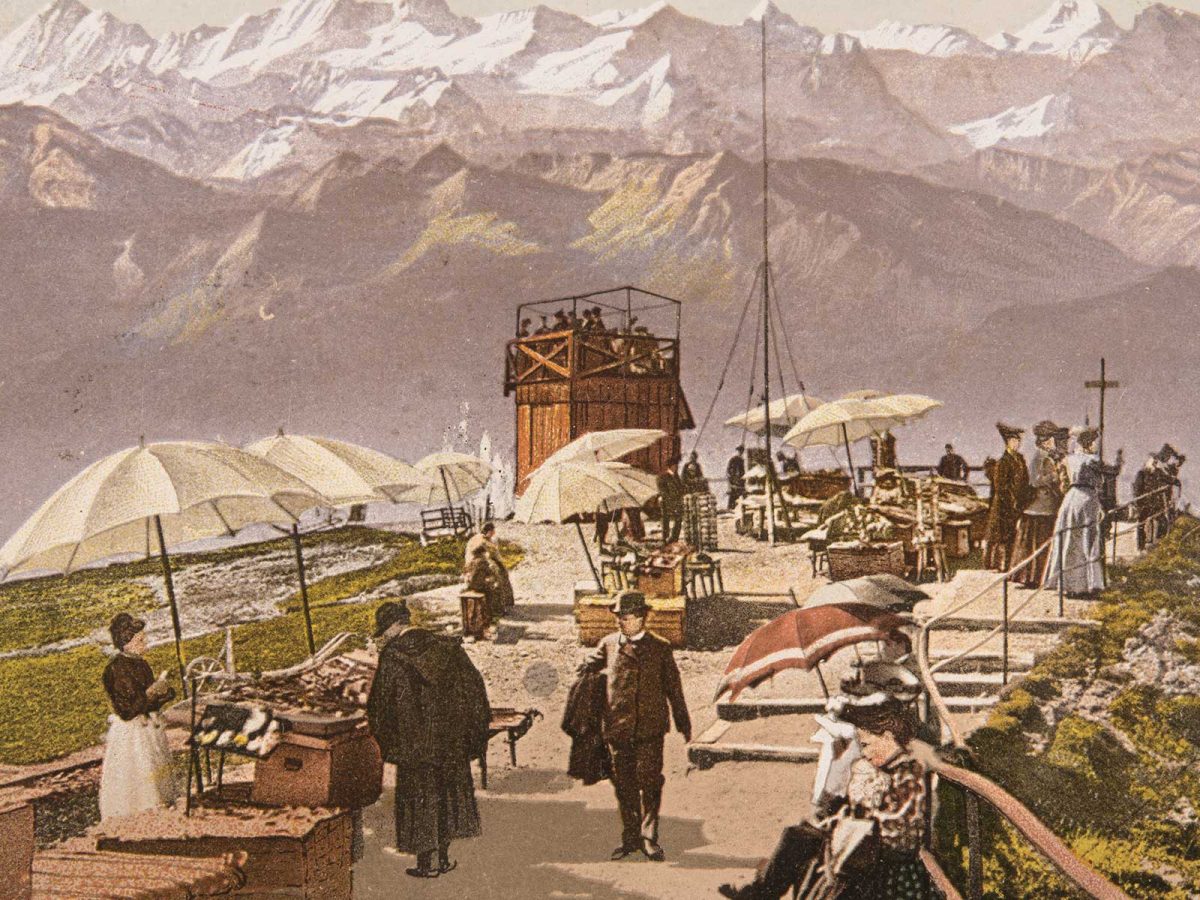
Traditional cake has new twist for Epiphany

On Sunday, many Swiss will sink their teeth into sugary almond cakes to celebrate the feast of the Epiphany.
By tradition, a single king figurine is hidden in the soft filling of a large flat almond cake. Once all the portions are served, the hidden king is found – generally between two unwary back molars. This then designates the person who gets to wear the crown for the day, or more discretely just for the meal.
It’s a popular tradition: currently about one million king cakes are sold at the beginning of January.
This year, in many households, there’s a new twist: Harry Potter wizards will poke their heads out of the sugary almond throne.
Sacred orgies and feasts
Like Father Christmas, the almond cake and King is a tradition that owes much to commercial interests. However, the festivities can be traced back more than 2,000 years, to Roman times, when sacred orgies and feasts were organised at the beginning of January to honour Saturn, the god of peace and prosperity.
At the time, normality was ruptured by the designation of a buffoon King. White beans and a single black bean were mixed together and then pulled out by a blindfolded youngster.
The black-bean-selected King had free reign over his newfound subjects, who he legitimately was allowed to treat as his slaves. Typically the new King was chosen among the condemned to death and was decapitated at the end of his black-bean reign. He was expected to make the most of his short-lived rule and thus ensured that the celebrations degenerated into debauchery and excess.
The church attempted to put a stop to these bawdy pagan customs and instated an alternate celebration on January 6th. The date was chosen to honour the birth of Jesus Christ and coincided with the Eastern winter solstice jubilations. In Eastern parts at the time January 6th was considered to be New Years’ Day.
Three kings and many cakes
Finally the church decided that January 6th would be Epiphany, the revelation of God through his son. The word itself comes from the Greek “epiphaneia” or manifestation.
Eventually, various objects replaced the bean. First, porcelain and then plastic replicas of four-leaved clover, horseshoes and babies found their way into the pastries. The finder of the object was no longer decapitated after a raucous reign and was simply expected to ply fine wine on the company.
The Swiss king tradition was revived in 1952 when bakers and supermarkets fired up the tradition of a King butter loaf, which later turned into the king cake.
swissinfo with agencies

In compliance with the JTI standards
More: SWI swissinfo.ch certified by the Journalism Trust Initiative





































You can find an overview of ongoing debates with our journalists here . Please join us!
If you want to start a conversation about a topic raised in this article or want to report factual errors, email us at english@swissinfo.ch.